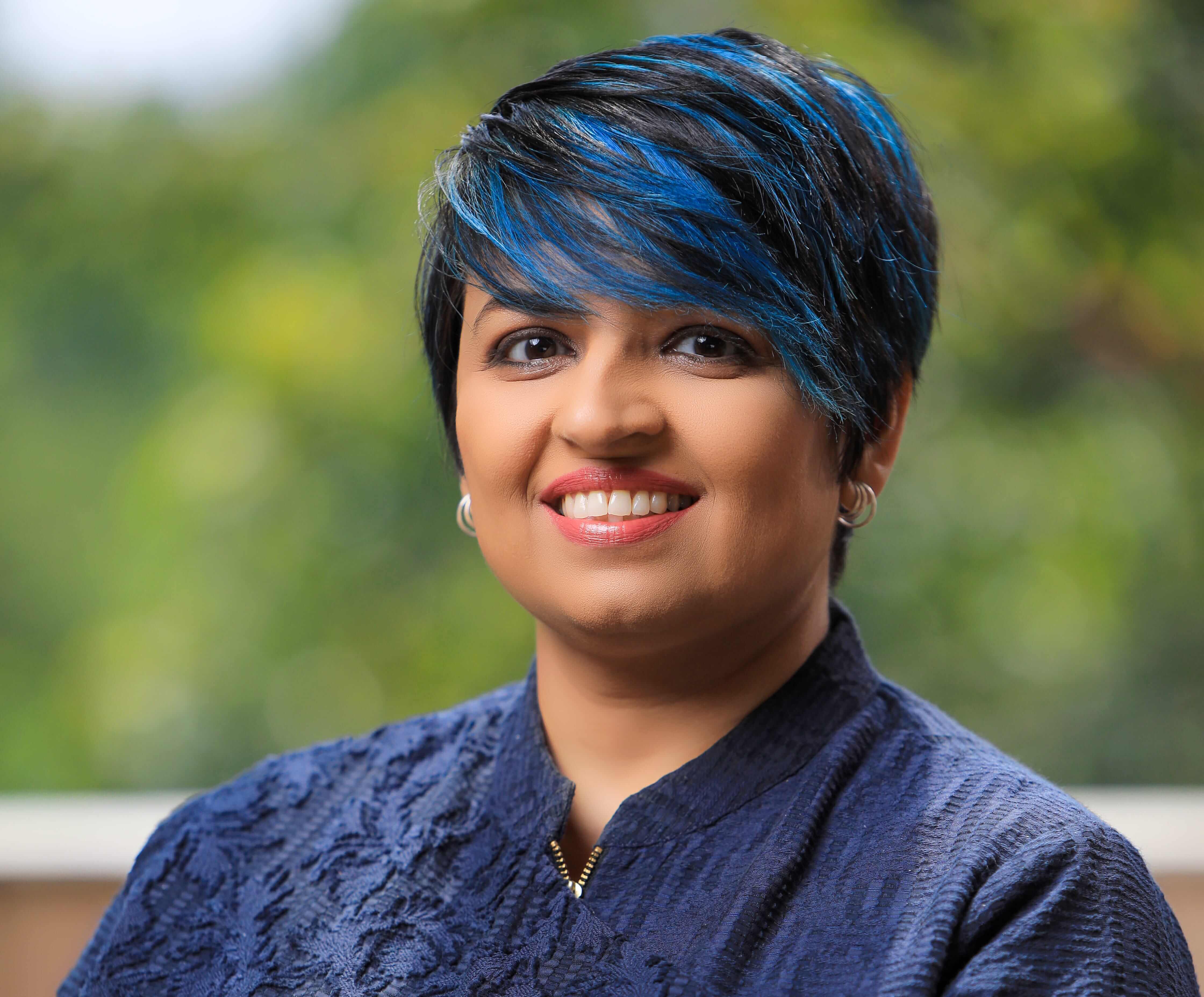Kinara's MSME Sentiment Survey revealed that over 55% of MSMEs want an instant line of credit to accelerate everyday business decisions

FinTech BizNews Service
Mumbai, December 22, 2023: 2023 has been a momentous year. The buoyancy in the manufacturing sector, strong domestic demand for goods and services, and the continued resilience of the economy have enabled India to maintain its status as a nation to watch out for. In fact, the resilient growth has had a ripple effect on all industries, including last-mile lending. In 2023, the sector saw an upswing in appetite for credit, especially from the MSME sector. According to MSME Pulse Report, the demand for commercial loans witnessed a 33% Y-o-Y growth during the January to March period. As the year progressed, the demand momentum persisted.
Kinara Capital, too, saw a 150% Y-o-Y growth in inquiries during the festive period, indicating strong demand for credit from small entrepreneurs. Hardika Shah, Founder & CEO, Kinara Capital, indicates: “Looking ahead, we expect the momentum to continue. Beyond the rise in demand for credit, we anticipate innovative models of financing to take center stage and become key levers in driving the financial inclusion of MSMEs.”
Here are some of the major trends that are poised to impact MSME lending in 2024, according to Hardika Shah:
RISE IN TECH-ENABLED ALTERNATIVE CREDIT ASSESSMENT MODELS India’s digital stack has made it possible to authenticate individuals and businesses and technologies like AI/ML have revolutionized MSME creditworthiness assessment. Going beyond the credit score, technology has made it easier to analyze varied data sources such as UPI transactions, bank statements, business invoices, etc., which makes it possible to estimate the cash flow of a business and reach a credit decision with minimum documentation. With the proliferation of other technologies and platforms, from CKYC, and Account Aggregator to ONDC, etc. There will be more opportunities to serve niche credit-starved segments, especially MSMEs. 2024 is expected to see a shift from a traditional collateral-heavy model to a transaction-based assessment, bringing more MSMEs into the fold of formal credit.